Zirconia Oxygen Sensor: An Overview
The zirconia oxygen sensor is a vital component in modern automotive and industrial applications, primarily serving to monitor and optimize combustion efficiency in internal combustion engines. This sensor employs the unique properties of zirconium dioxide (ZrO2) to detect oxygen levels in exhaust gases. By providing real-time feedback to the engine control unit (ECU), it plays a crucial role in reducing emissions and enhancing fuel economy.
Types of Zirconia Oxygen Sensors
When it comes to zirconia oxygen sensors, there are several types, each suited for different applications:
- Wideband Sensors: Commonly used in modern vehicles, these sensors can measure a broader range of air-fuel ratios, making them ideal for performance tuning.
- Narrowband Sensors: Traditionally used in older vehicles, they operate within a limited range and are often employed in basic emissions control strategies.
- Heated Sensors: Featuring built-in heating elements, these sensors ensure accurate readings by reaching optimal operating temperatures quickly.
- Wireless Sensors: Emerging technology that allows for real-time data transmission without the need for physical connections, enhancing overall system efficiency.
Applications of Zirconia Oxygen Sensors
The zirconia oxygen sensor has diverse applications across various sectors:
- Automotive Industry: Primarily used in vehicles to monitor exhaust gases, ensuring optimal air-fuel mixture for peak engine performance and reduced emissions.
- Motorcycles: These sensors are crucial for ensuring motorcycles comply with strict emissions regulations while enhancing fuel efficiency.
- Industrial Machinery: Employed in combustion control systems within industrial applications, they help maintain the correct air-fuel ratios to maximize efficiency.
- Environmental Monitoring: Used in analytical laboratories to monitor atmospheric gases, aiding in research and development for cleaner technologies.
Advantages of Using Zirconia Oxygen Sensors
The benefits of adopting zirconia oxygen sensors in your systems are numerous:
- High Sensitivity: Zirconia sensors offer remarkable sensitivity to changes in oxygen concentration, providing precise measurements that enhance performance.
- Durability: Made from robust materials, these sensors are designed to withstand harsh environments, including high temperatures and corrosive gases.
- Improved Emissions Control: By facilitating efficient combustion, they play a crucial role in minimizing harmful exhaust emissions.
- Fuel Efficiency: Optimizing the air-fuel mixture not only boosts power output but also reduces fuel consumption, contributing to cost savings over time.

















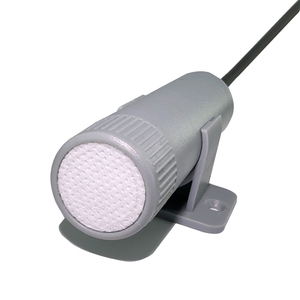

































































































![[KOREA DIGITAL] Export Experience Oxyzen <strong>Zirconia</strong> Type Well Known Brand <strong>Sensor</strong> Ventilation O2 <strong>Sensor</strong> & Controller KCD-ON series](http://s.alicdn.com/@sc04/kf/H7565795d38bd4179bbd3948e276025a5v.jpg_300x300.jpg)
![[KOREA DIGITAL] Export Experience Oxyzen <strong>Zirconia</strong> Type Well Known Brand <strong>Sensor</strong> Ventilation O2 <strong>Sensor</strong> & Controller KCD-ON series](http://s.alicdn.com/@sc04/kf/H0fef7271d35e49639f14d5b684648ca8T.jpg_300x300.jpg)
![[KOREA DIGITAL] Export Experience Oxyzen <strong>Zirconia</strong> Type Well Known Brand <strong>Sensor</strong> Ventilation O2 <strong>Sensor</strong> & Controller KCD-ON series](http://s.alicdn.com/@sc04/kf/H2471dc373eb74cac89f32441d51ed478y.jpg_300x300.jpg)
![[KOREA DIGITAL] Export Experience Oxyzen <strong>Zirconia</strong> Type Well Known Brand <strong>Sensor</strong> Ventilation O2 <strong>Sensor</strong> & Controller KCD-ON series](http://s.alicdn.com/@sc04/kf/Hd1831621a215457e94ca749f50a45d285.jpg_300x300.jpg)
![[KOREA DIGITAL] Export Experience Oxyzen <strong>Zirconia</strong> Type Well Known Brand <strong>Sensor</strong> Ventilation O2 <strong>Sensor</strong> & Controller KCD-ON series](http://s.alicdn.com/@sc04/kf/Ha1a85df75dd14fc9ad572da09b1dc059w.jpg_300x300.jpg)
![[KOREA DIGITAL] Export Experience Oxyzen <strong>Zirconia</strong> Type Well Known Brand <strong>Sensor</strong> Ventilation O2 <strong>Sensor</strong> & Controller KCD-ON series](http://s.alicdn.com/@sc04/kf/H7dfc7c431b8a42d4acafad4054ebbe0dA.jpg_300x300.jpg)
























































































































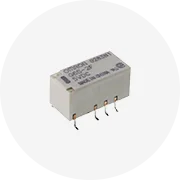



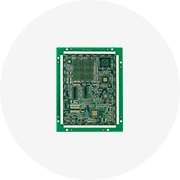



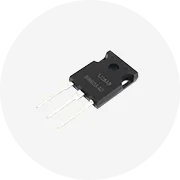
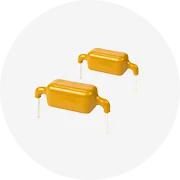
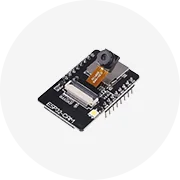
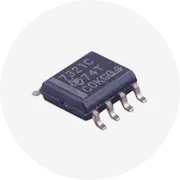
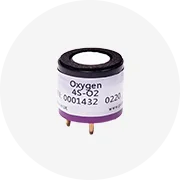
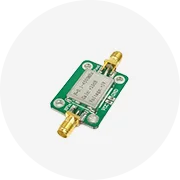






 浙公网安备 33010002000092号
浙公网安备 33010002000092号 浙B2-20120091-4
浙B2-20120091-4